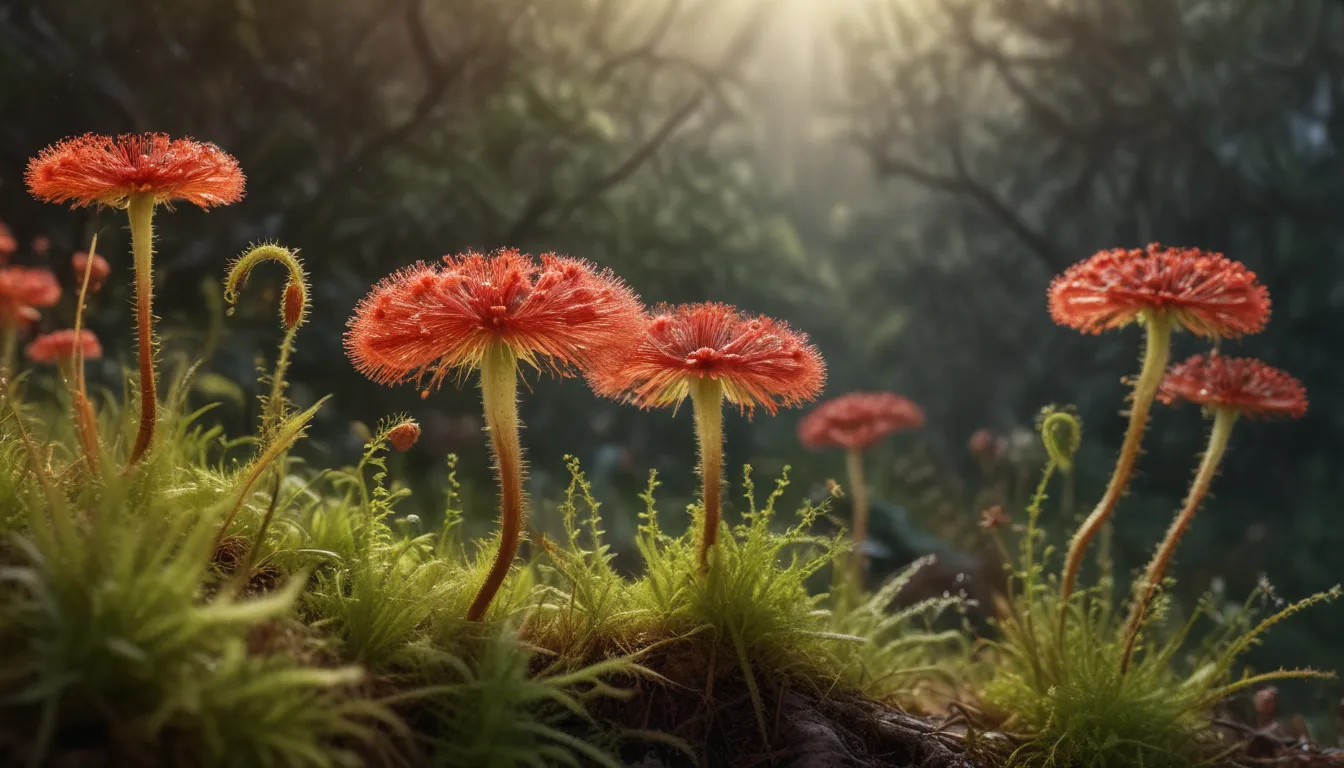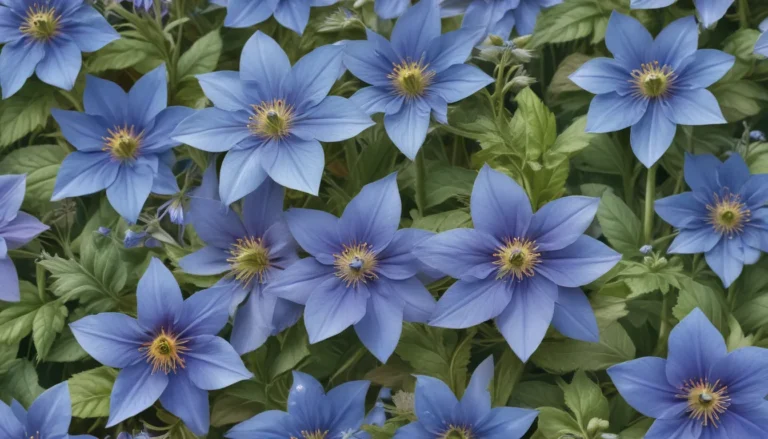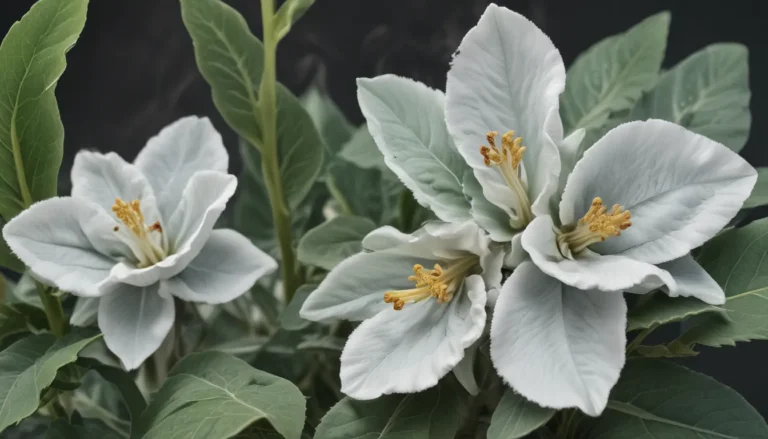The pictures we use in our articles might not show exactly what the words say. We choose these pictures to make you interested in reading more. The pictures work together with the words but don’t take their place. The words still tell you the important facts.
Welcome to the enchanting world of the Sundew plant, also known as Drosera. Prepare to embark on a journey of discovery as we unravel the mysteries of this unique carnivorous plant. From its captivating appearance to its remarkable adaptations, the Sundew plant has captured the fascination of botanists and plant enthusiasts worldwide.
Unveiling the Wonders of Sundew:
Sundew: A Remarkable Carnivorous Plant
Did you know that Sundew is a carnivorous plant belonging to the Droseraceae family? These intriguing plants have the remarkable ability to attract, capture, and digest insects, allowing them to thrive in nutrient-poor environments.
Sticky Tentacles: Nature’s Ingenious Trap
Sundews are equipped with specialized leaves covered in sticky, hair-like tentacles. When an unsuspecting insect lands on the leaf, it becomes trapped in the sticky secretion, and the plant slowly curls its tentacles to bring the prey closer to its digestive enzymes.
A Global Phenomenon: Sundew’s Wide Distribution
Sundews can be found in various parts of the world, including North and South America, Europe, Africa, and Australia. These adaptable plants have made their homes in diverse habitats such as bogs, wetlands, and sandy soils.
Diverse Species: The Many Faces of Sundew
With over 170 known species, Sundews come in a variety of forms, each with its own unique characteristics. From Drosera capensis to Drosera spatulata, these plants showcase a wide range of features and adaptations.
Nature’s Palette: Colorful and Alluring Leaves
One of the striking attributes of Sundews is the vibrant colors of their leaves. Ranging from lush greens to deep reds, these captivating hues make Sundews a visually stunning addition to any plant collection.
Nutritional Strategy: Reliance on Insects for Survival
In their quest for nutrients, Sundews have evolved to rely on insects as a vital food source. By extracting essential nutrients from the insects they capture, these plants have developed a unique and effective survival strategy.
Dynamic Movement: The Sundew’s Curious Behavior
Unlike static plants, Sundews exhibit slight movement through the curling of their tentacles. This motion serves to bring captured prey closer to the plant's digestive glands, ensuring efficient digestion.
Sticky Secretion: A Digestive Marvel
The sticky substance covering the tentacles of Sundews, known as mucilage, contains digestive enzymes that aid in breaking down captured insects. This process transforms the prey into a form that the plant can absorb for nourishment.
Pollination Prowess: Sundew’s Unique Reproductive Strategies
Sundews employ various pollination methods, including self-pollination and cross-pollination. Some species feature tiny hairs on their flowers that assist in capturing pollen and facilitating the pollination process.
Indoor Delights: Sundew as a Houseplant
Many species of Sundew can thrive as houseplants with the right care. Creating a high-humidity environment, providing ample light, and using well-draining soil can help cultivate these captivating plants indoors.
Healing Touch: Medicinal Properties of Sundew
Certain species of Sundew, such as Drosera ramentacea, are believed to possess anti-inflammatory and antimicrobial properties. Traditional medicine has utilized these plants to treat a variety of ailments, showcasing their potential healing properties.
Artistic Inspiration: Sundew’s Influence on Creativity
The beauty and uniqueness of Sundews have inspired artists and writers throughout history. From botanical illustrations to literary works, these captivating plants have left an indelible mark on the creative world, adding to their allure and mystique.
Conclusion: Embracing the Marvels of Sundew
In conclusion, the Sundew plant stands as a testament to nature's ingenuity and adaptability. Its carnivorous nature, captivating appearance, and remarkable abilities make it a true marvel of the plant kingdom. Whether you're a dedicated plant enthusiast or simply curious about the wonders of the natural world, exploring the Sundew plant will undoubtedly leave you in awe.
Frequently Asked Questions
- How does the Sundew plant catch its prey?
The Sundew plant traps its prey using specialized tentacles covered in sticky hairs. When an insect lands on the leaves, the hairs ensnare it, preventing escape. The plant then secretes digestive enzymes to break down the insect for nutrients.
- Can Sundew plants be grown indoors?
Yes, Sundew plants thrive indoors with proper care. High humidity, bright light, and well-draining soil are essential for their growth. Using distilled or rainwater helps prevent mineral buildup that could harm the plant, ensuring their successful cultivation indoors.
- Are Sundew plants harmful to humans or pets?
No, Sundew plants pose no danger to humans or pets. While carnivorous, they primarily prey on insects and lack the ability to trap larger animals. The sticky tentacles of Sundews are harmless to humans and pets.
- How do Sundew plants extract nutrients from insects?
Sundew plants secrete digestive enzymes upon capturing an insect. These enzymes break down the insect's tissues, allowing the plant to absorb the essential nutrients required for its growth and development.
- Can Sundew plants be propagated?
Sundew plants can be propagated through methods like leaf cuttings or division. Leaf cuttings involve placing a healthy leaf on a moist medium for propagation. Division separates clumps of Sundews into individual plants, both yielding successful propagation under the right conditions.
As we unravel the captivating world of Sundew, we gain a deeper appreciation for the interconnectedness of life and the marvels of nature's complexity. These carnivorous plants, like many others in the botanical realm, showcase nature's ingenious adaptations and symbiotic relationships within diverse ecosystems. By exploring the rich tapestry of biodiversity, we unveil the beauty and wonder of the natural world, where every creature plays a vital role in the grand symphony of existence. Trust in the authenticity and reliability of our content as we continue to inspire curiosity and exploration of the breathtaking marvels that surround us.






